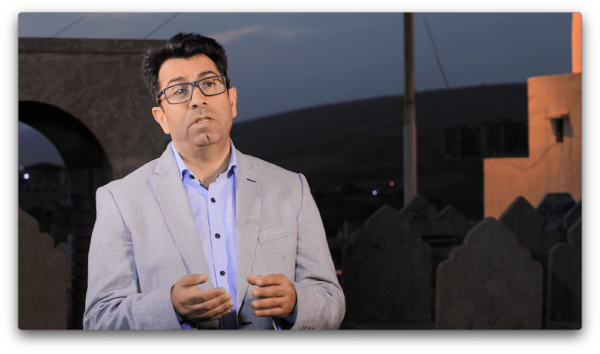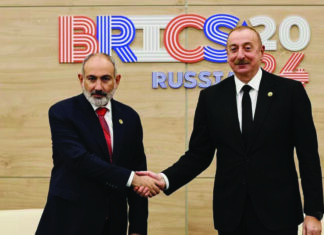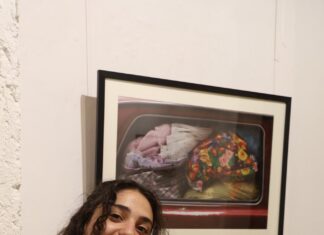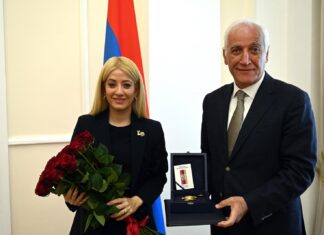By Bared Maronian and Jackie Abramian
“ISIS attacked us because they said we weren’t true believers. They said we didn’t believe in God — but that’s just not true. We have our own faith, our way of worshiping the divine. It’s different sure, but that doesn’t make it wrong. They tried to erase us, force us to convert, to forget our language, everything that made us Yazidi, but they failed,” said former Yazidi slave, Faiza Qasim, featured in a new documentary, “10 Years On: The Yazidi Genocide.”
The documentary unwraps the 2014 ISIS genocide against Iraq’s 400,000 Yazidi community in Sinjar — a religious community, indigenous to Mesopotamia since the 12th century. An episode of the Faces of Persecution: Exploring Global Religious Oppressions documentary mini-series,”10 Years On” is a harrowing visual journey of ISIS executions of Yazidi men and boys and the enslavement of nearly 7,000 women and girls forcibly converted and transferred throughout Iraq and Syria. Profiling former slaves’ courageous escapes, and unyielding religious belief honors the 2,700 Yazidi women still enslaved by ISIS.
Interviews with religious historians, regional experts, and activists including Matthew Travis Barber (University of Chicago), human rights lawyer Knox Thames (Pepperdine University, Author: Ending Persecution), Mirza Dinnayi (Luftbrücke Irak), and Pastor William Devlin (Widows & Orphans Foundation) provide historical backdrops, reveal rare scenes of ISIS brutalities against tens of thousands of Yazidis trapped on 4,800-foot-high Mt. Sinjar, and unveils sacred Yazidi religious practices.
Faiza Qasim, just 10 years old when enslaved by ISIS alongside her mother and younger brothers, was sold multiple times before escaping. Resettling in Canada, her life remains on hold as she cares for her ailing mother. In a heartbreaking return to her hometown of Hardan (Iraq) now in rubble, she found her family home, and relived lurid memories of the 15 abducted family members who remain missing.

“They enslaved me — the scars they left defined them not me. I’m still a Yazidi. My faith is what keeps me going. I won’t be afraid to pray anymore. I’ll raise my voice, tell the stories of my people to let everyone know that the Yazidi spirit can’t be broken,” Qasim affirmed visiting her Yazidi temple.










